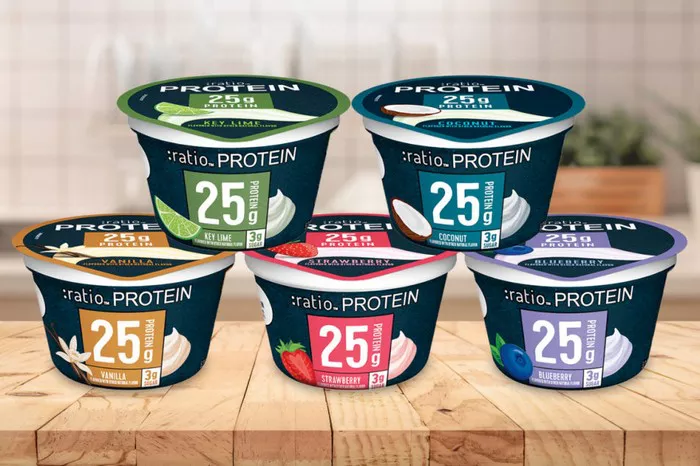As temperatures soar across China amid a scorching heatwave, ice cream consumption has spiked significantly, with affordable options gaining popularity.
The early onset of summer has brought intense heat, particularly in regions like Shandong, Hebei, and Xinjiang, where temperatures have reached up to 40 degrees Celsius this week.
“Ice cream sales have definitely surged with the rising temperatures,” said Zhang, a salesperson at an ice cream vendor in Beijing, noting sales of around 2,000 ice creams per day.
The vendor attributes their success to a strategy of high volume and low margins. “We don’t impose minimum purchase requirements and sell even single units at wholesale prices,” Zhang explained.
This approach resonates well with cost-conscious customers. While older consumers tend to favor ice creams priced around 3 yuan (41 US cents), younger buyers prioritize taste and quality up to a certain price point, rarely exceeding 20 yuan.
The trend marks a shift from the past, when ice creams priced as high as 50 yuan were more common, leading to the term “ice cream assassin” in 2022 for plain-packaged, high-cost options.
Sales of expensive brands have dwindled, with even high-end labels like Chicecream scaling back offline availability and limiting online deliveries to select regions.
Zhou Kang, an assistant professor at Zhejiang University’s School of Economics, attributes this decline to heightened consumer awareness and economic pressures. “Consumers are now more discerning and reluctant to pay inflated prices,” Zhou commented.
Data from daojia.jd.com, an online retailer, reveals that in the first four months of last year, ice creams priced under 10 yuan accounted for 60% of sales revenue and 70% of sales volume.
Looking ahead, Zhou advises ice cream brands to emphasize quality, ensure food safety, maintain fair pricing, and diversify their product offerings to remain competitive.
He anticipates a growing demand for health-conscious options, such as plant-based, high-protein, and natural ingredient ice creams, catering to consumers’ increasing focus on wellbeing.


